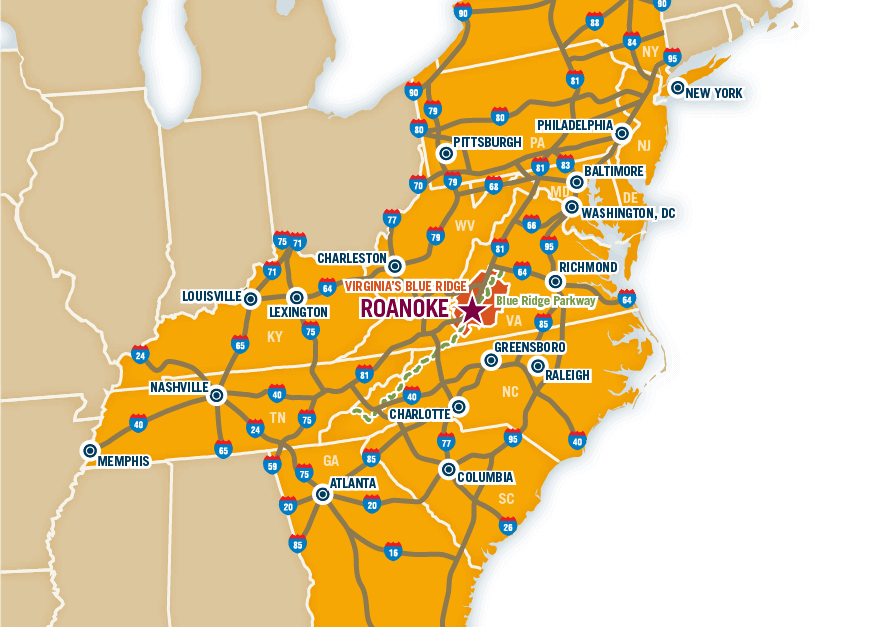-
Things To Do
- Arts & Culture
- Attractions
- Beer, Wine & Spirits
- Blue Ridge Parkway
- Events
- Free Things To Do
- History & Heritage
- Kid Friendly
- Nightlife
-
Outdoor Adventure
- Leave No Trace
- Trail Guidelines
- Appalachian Trail
- Biking
- Climbing
- Disc Golf
- Fall Color Spots
- Fishing
- Geocaching
- George Washington & Jefferson National Forests
- Greenways
- Hiking Trails
- Horseback Riding
- Kayaking & Paddling
- Kid Friendly Outdoors
- Motorcycle Touring
- Outdoor Outfitters & Shops
- Scenic Drives
- Water Sports
- Wildlife Viewing & Birding
- Classes & Workshops
- Sample Itinerary
- Sample Itineraries
- Shopping
- Spas
- Sports
- Tours
- VBR Savings Pass
- Hotels/Lodging
- Restaurants
- Region
- Plan
Smith Mountain Lake Fishing
With over 500 miles of shoreline as the 2nd largest lake in Virginia, Smith Mountain Lake is one of the premier places for fishing on the East Coast. The beautiful Blue Ridge Mountains serve as the backdrop for the calm waters and quiet tributaries that make for great fishing.
When you cast your line at Smith Mountain Lake, there's a good chance you'll reel in a prize-winning catch.
The lake became a popular fishing destination due to the abundance and size of stripers, but many anglers now pursue the generous populations of largemouth and smallmouth bass, crappies and bluegills. However, deeper portions of Smith Mountain Lake are also home to channel catfish, and you'll also find the occasional walleye. The waters even feature white bass, muskies, rock bass and the redbreast sunfish.
You'll find quite a collection of species when you fish in Virginia's Blue Ridge.
The following information from the Virginia Department of Game and Inland Fisheries provides more details about the different types of fish at Smith Mountain Lake.
Largemouth and Smallmouth Bass
Black bass (largemouth and smallmouth bass) are the most sought after species by anglers at Smith Mountain Lake. Largemouth bass comprise the bulk of this fishery and far outnumber smallmouth. Largemouth bass fishing on this 20,600-acre lake is very good but this fishery receives a lot of pressure. Extensive electrofishing surveys (conducted by VDGIF fisheries biologists) each spring typically produce many largemouth bass in the 2-4 pound range with an occasional fish up to eight pounds.
Smith Mountain Lake hosted ESPN's Bassmaster Elite Series tournament trail for several years, demonstrating this reservoir supports a very good fishery.
Striped Bass
Smith Mountain Lake has gained national attention for its striped bass fishery, which is the second most popular sport fish at Smith Mountain Lake. Striped bass have been stocked into this reservoir since impoundment in 1963. Limited spawning habitat for striped bass prevents successful natural reproduction. Stocking is required to maintain the fishery, unlike other species such as bass, crappie, catfish, and shad.
Striped bass are distributed throughout the lake during most of the year but are concentrated in lower lake areas during the summer and early fall months. Coves and the upper reaches of the reservoir are typically not very productive for striped bass during the summer and early fall months so anglers should concentrate their efforts on the lower main lake beginning in late-June or early-July.
Striped bass anglers utilize a variety of fishing methods such as drifting or slow trolling live shad, trolling plugs and bucktail jigs, or casting top water lures and swim baits. Anglers use live shad throughout the year, trolling is most popular during the warmer months, and casting top water or shallow running plugs is most productive in April-June at night.
Most striped bass are caught between the dam and buoy R80 of the Roanoke Arm and up to buoy B44 of the Blackwater Arm. Although these are the general areas most striped bass are caught, these fish are very mobile and may change locations continuously depending on forage availability, water temperatures, and spawning.
Anglers should not practice catch and release for striped bass during the summer months. If you encounter a school of small stripers in the summer that are not an acceptable size for harvest, leave the immediate area and search for larger fish. In addition, the Virginia Department of Game and Inland Fisheries encourage striped bass anglers to quit fishing after catching their 2-fish limit in the months of July-September. Most of the striped bass released during the summer months will not survive!
Crappie
This reservoir has limited crappie habitat. Although the lake produces many quality size crappie, anglers should not expect to consistently catch large numbers of crappie. The crappie population is less abundant than most other large Virginia reservoirs but the quality of these fish is very good. Coves and the upper ends of the reservoir should be the most productive especially near fallen trees, brush piles and docks with structure.
However, some crappie anglers have invested considerable time and effort for this species and are consistently successful. Crappie anglers are generally the most productive in March-May and October-November.
Catfish
The catfish fishery is comprised primarily of channel catfish, flathead catfish, and white catfish. Flathead and channel catfish are most abundant in the upper reaches of the Roanoke and Blackwater arms and white catfish are found primarily in the lower end of the reservoir.
Learn more about the various experiences you can have at Smith Mountain Lake.
In This Section
Want the latest on Virginia’s Blue Ridge? Securely sign up for our FREE e-newsletter:
Visit Virginia's Blue Ridge 101 Shenandoah Avenue NE Roanoke, VA 24016 (540) 342-6025 (800) 635-5535
Visit Virginia’s Blue Ridge is committed to cultivating an atmosphere that welcomes and celebrates the unique backgrounds, abilities, passions, and perspectives of our vibrant community. As our region’s only destination marketing organization, we have a responsibility to showcase the best the Roanoke Region has to offer, and those assets and strengths come in varied forms. We embrace differences in race, religion, sexual orientation, gender, gender identity or expression, language, visible and invisible disabilities, and all the intersecting identities that make Virginians and visitors alike so unique. We believe our differences make us stronger– and better.







